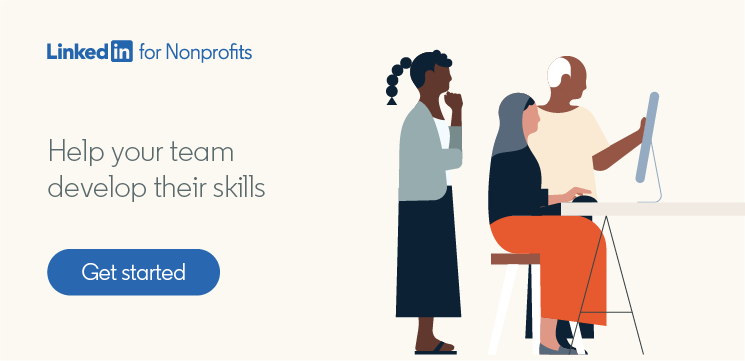
4 Tips for Running a Productive Virtual Nonprofit Board Meeting
Many nonprofit boards held their meetings virtually in 2020—in some cases, for the very first time. And while in-person meetings are starting to return, it’s worth considering whether to keep your board remote even after the pandemic is behind us. In doing so, you may be able to attract engaged and energized board members from further afield, as well as people who would have difficulty traveling to on-site meetings.
If you do make the decision to keep things online, it’s important to ensure your virtual board meetings are as productive and effective as they would be in person. Here are some tips that can help you keep things on track.
1. Include tech guidelines in the agenda
After pinning down a time that your busy board members can meet, the last thing you want is for the virtual meeting to start late because people couldn’t figure out how to join. Make sure that the meeting password and other dial-in details are clearly signposted in the meeting agenda so that no one can miss them and get confused. A few simple, step-by-step instructions would probably be appreciated too!
Depending on local bylaws, there may be some legal requirements that your virtual board meetings need to adhere to as well, such as ensuring that everyone is able to fully participate in deliberations and voting. This may impact things like whether or not members are allowed to be muted for parts of the discussion, so remember to communicate any information like this ahead of time and reiterate it at the outset of each meeting.
2. Open the virtual meeting room early
Some board members will likely want to catch up before getting down to business. Opening the virtual meeting room a few minutes early allows them to do so—and build camaraderie from afar.
When you send out the agenda, make it clear what time the room will open and what time the actual meeting will start. That way, no one will feel like their time is being wasted if it takes a little while for the actual discussion to kick off.
3. Establish some ground rules and best practices
In every virtual meeting, you run the risk of some participants browsing other tabs. If they’re reading a news article or responding to an email while the meeting is going on, they’re likely to get distracted and might miss important information.
To maximize engagement, encourage all board members to close or minimize other open tabs on their computer, turn off distracting notifications, and make the meeting window full screen so that it has their full attention. You can include these instructions along with the agenda, or even open every meeting by quickly going over them so that no one forgets.
4. Name names and raise hands
In a physical meeting room, the moderator may just turn to or look at individual board members to make it clear who they’re speaking to. That doesn’t work on video calls, so get into the habit of addressing each person by name as you invite them to vote or weigh in on a topic. This will minimize awkward moments of silence when people aren’t sure who should speak first, helping to keep the meeting moving at a good pace.
You can also encourage board members to use the “raise hand” feature (if your video conferencing platform of choice has one) to indicate when they have something they want to say. This is a good way to keep meetings orderly and avoid people talking over one another, which will be especially important if you’re not allowed to mute participants.
Keep your nonprofit board productive and engaged
Your board doesn’t necessarily need to meet in person to be effective. By taking steps to hold orderly, productive virtual meetings, you can keep your board members engaged—and get things done.
Want more tips for running successful virtual meetings? On LinkedIn Learning, you’ll find a range of expert-led courses on this topic and countless more. To find out how LinkedIn Learning can support your nonprofit’s learning and development needs, get in touch.
This post was inspired by the LinkedIn Learning Blog article “12 Ways to Lead More Productive Meetings,” authored by Rachel Parnes.

